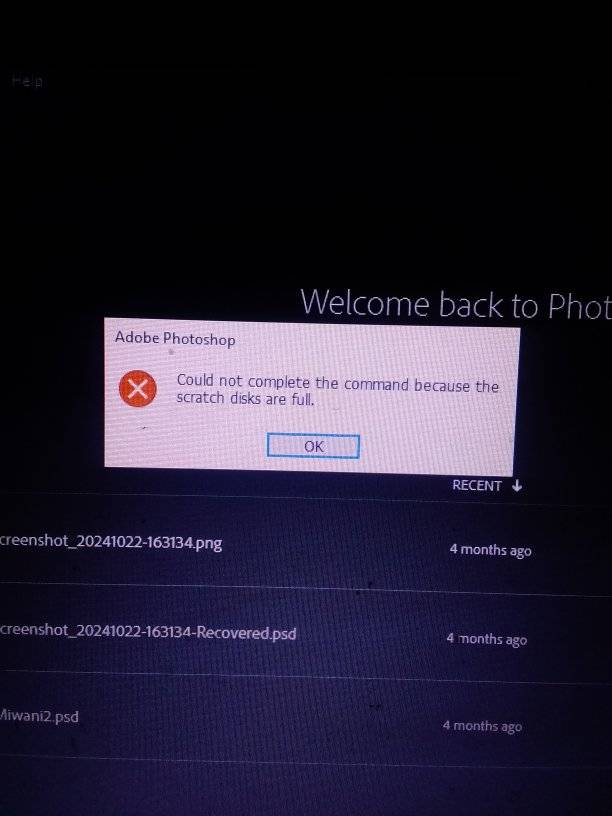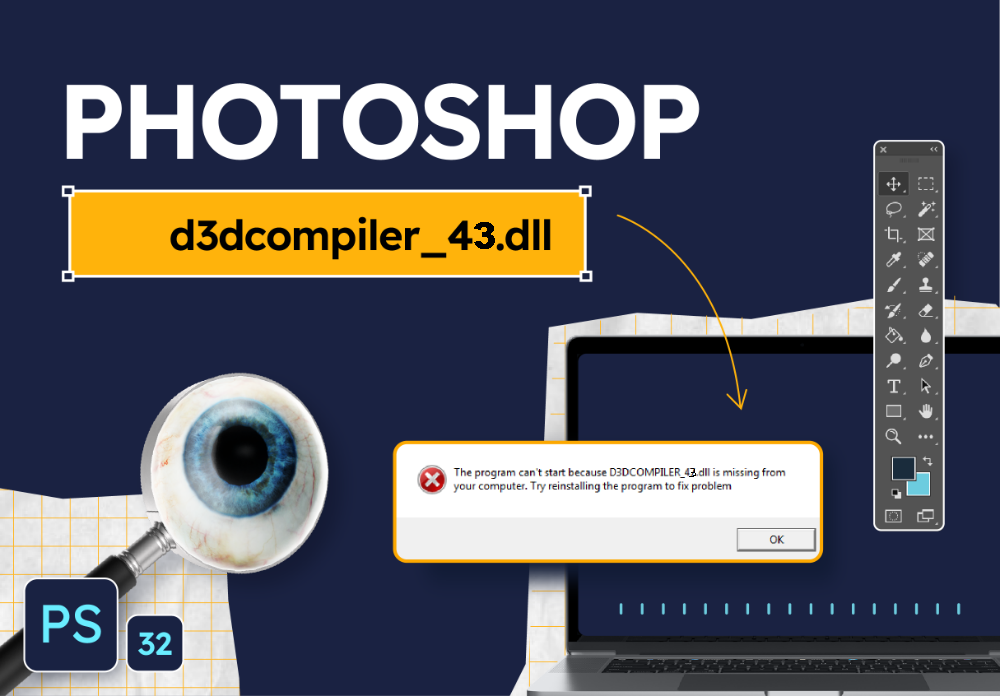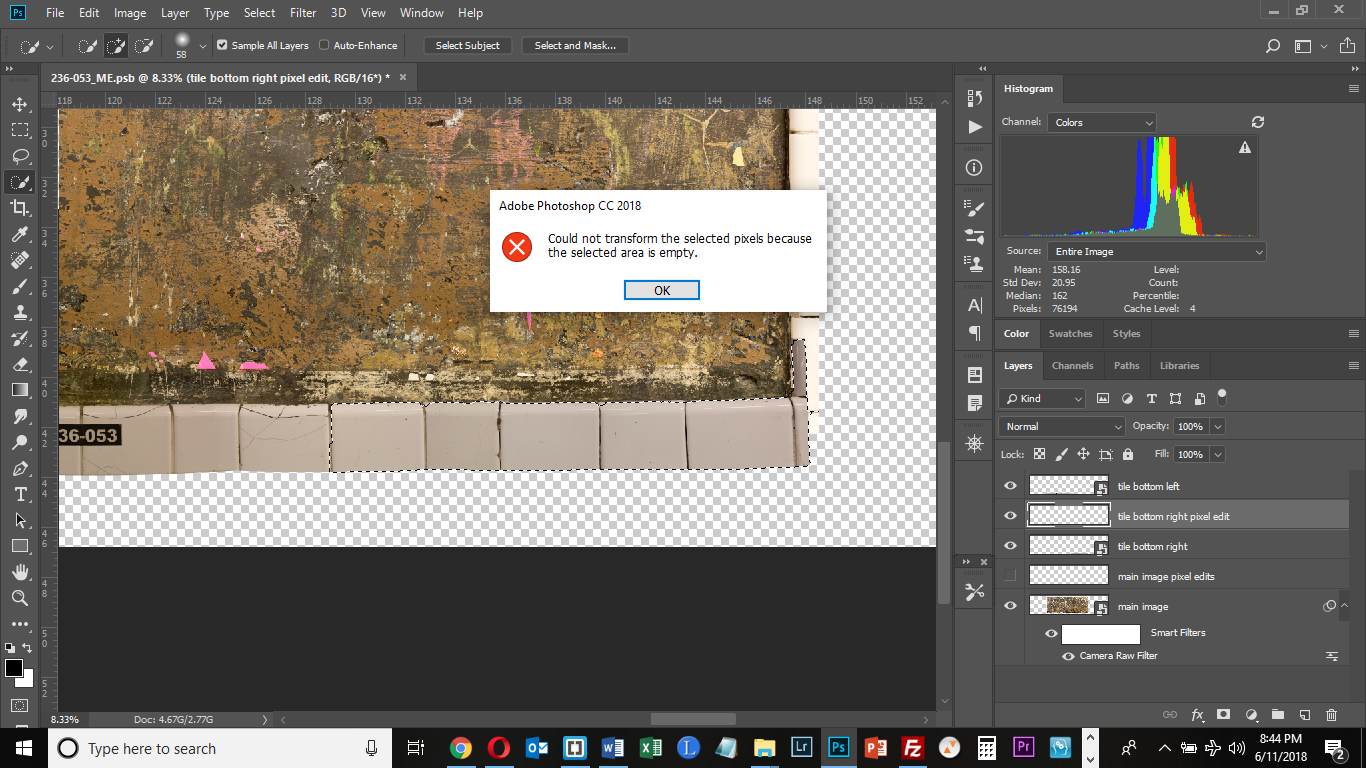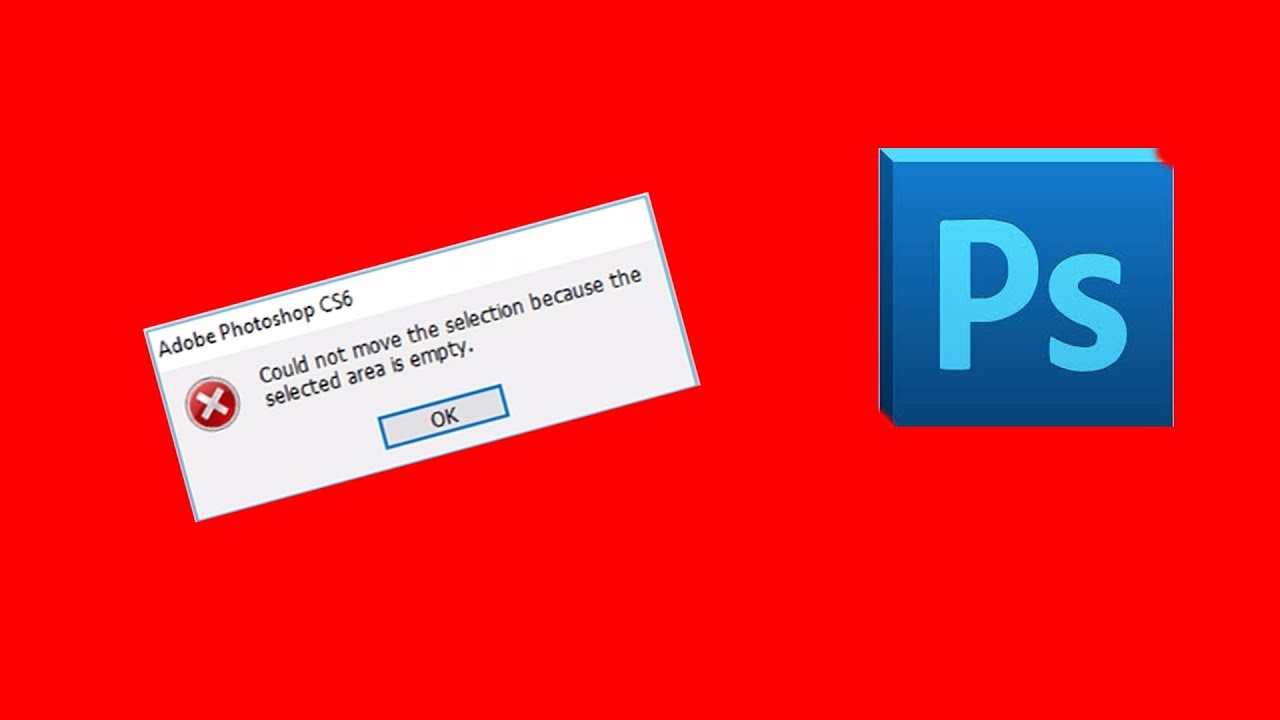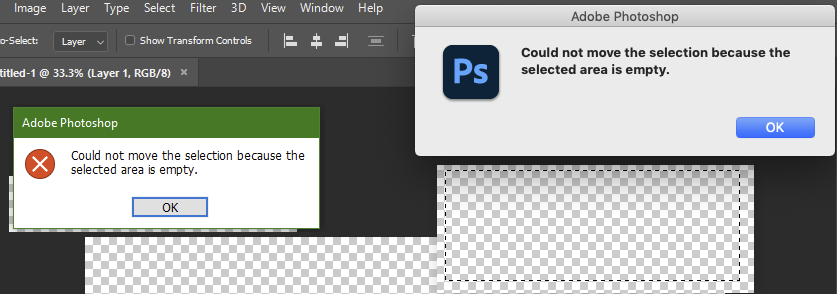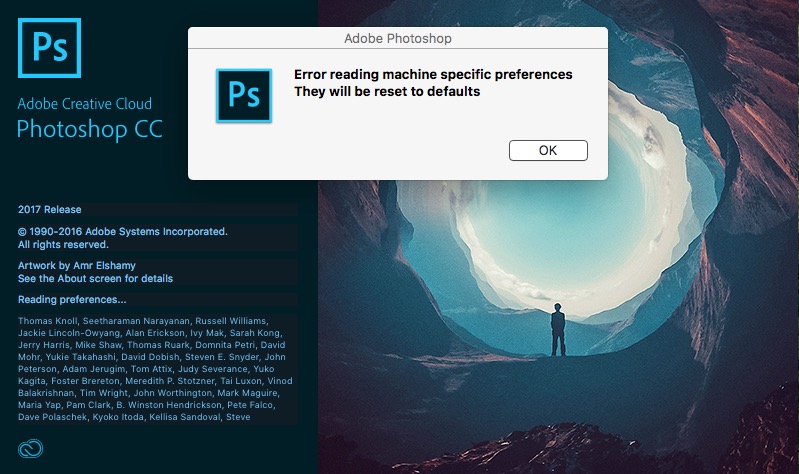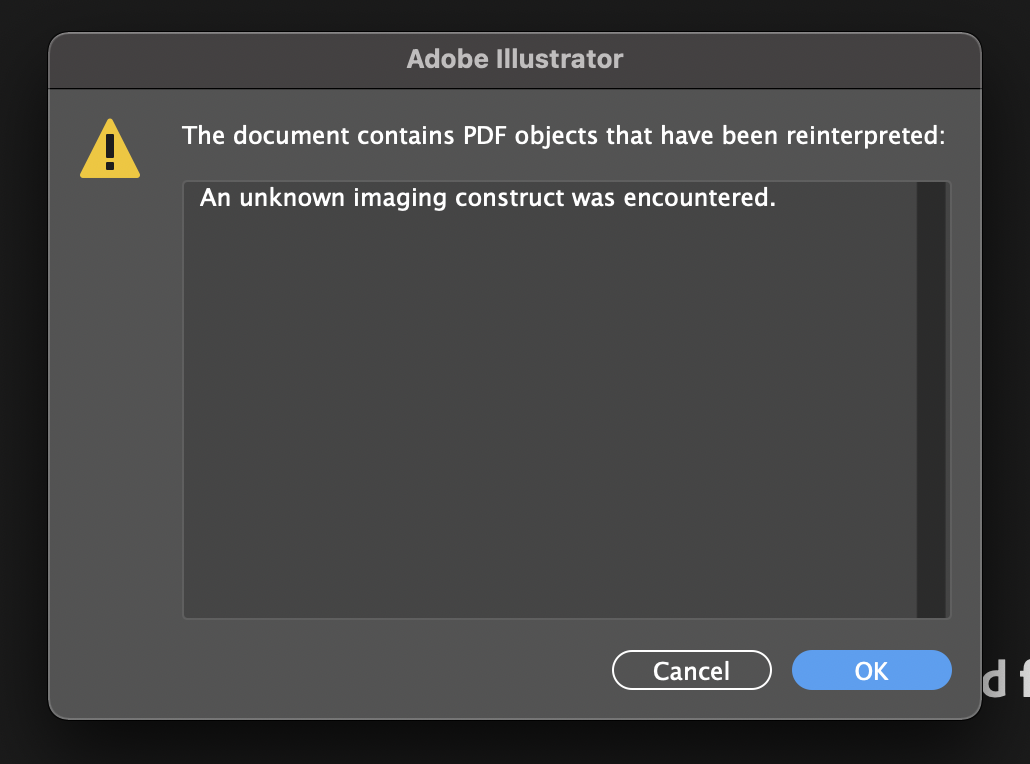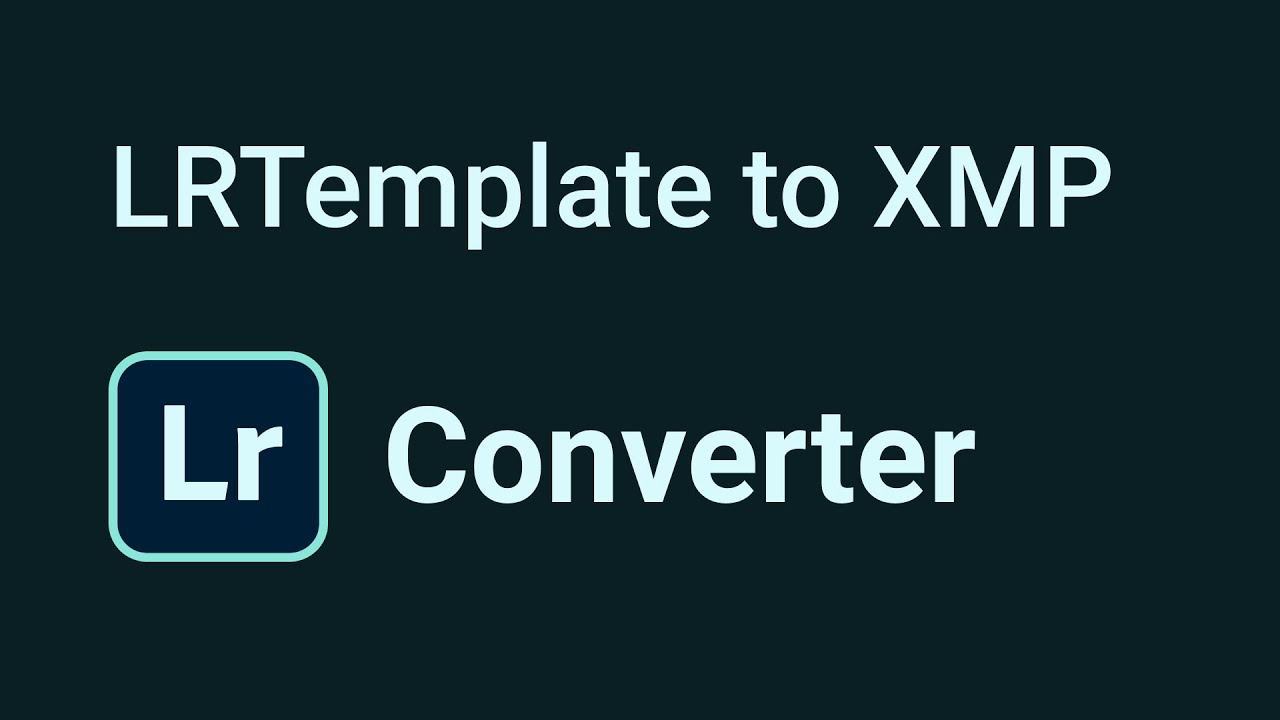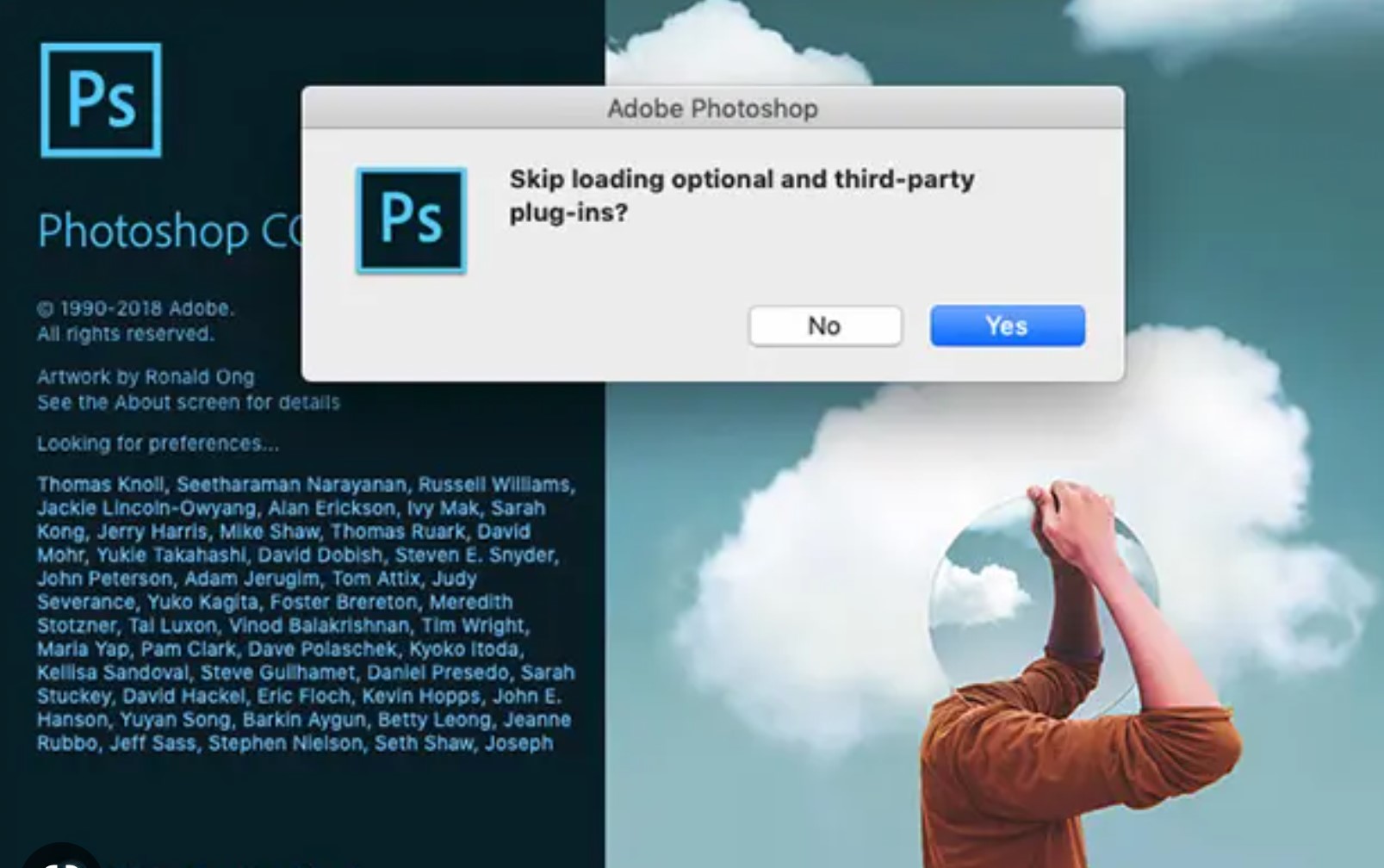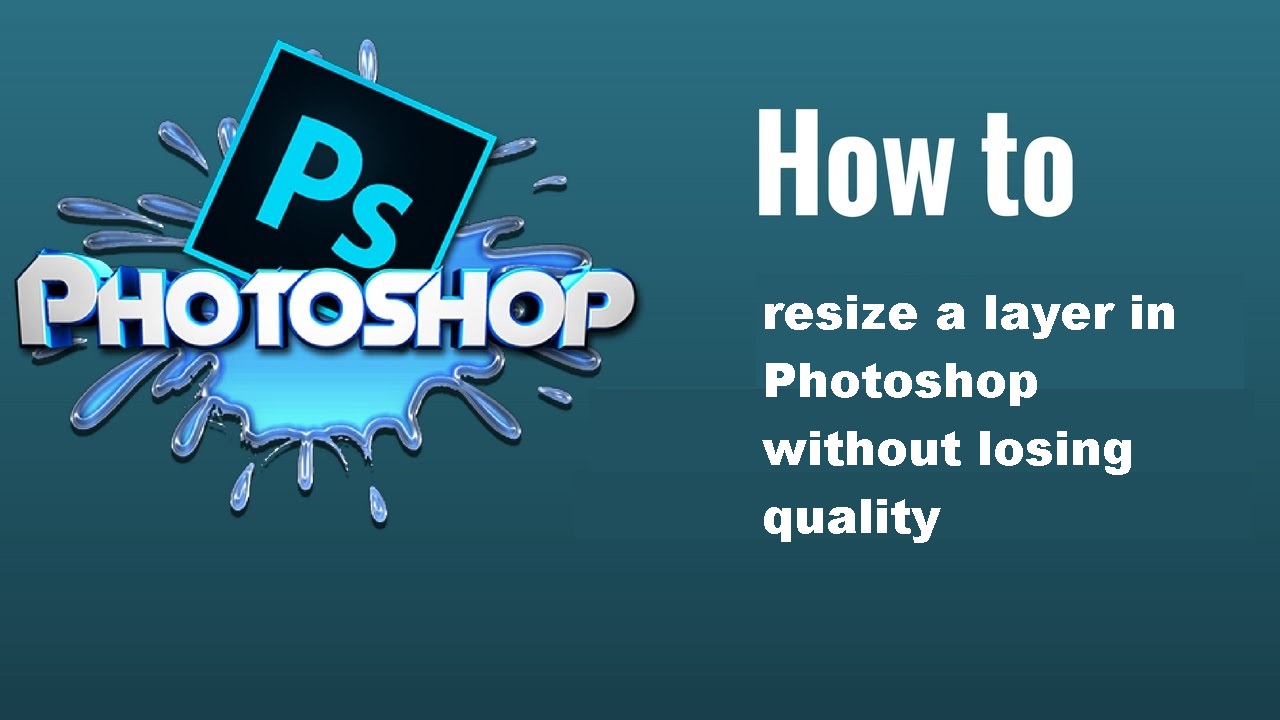Fix Photoshop scratch disc error
Hey Photoshop users! Have you encountered the dreaded “Scratch Disk Full” error? It can seriously slow down or even crash your workflow. I’ve compiled a few tips to fix it:
:white_heavy_check_mark: Free Up Space – Delete unnecessary files to clear storage.
:white_heavy_check_mark: Change Scratch Disk Location – Go to Edit > Preferences > Scratch Disks and select a drive with more space.
:white_heavy_check_mark: Clear Cache Files – Use Edit > Purge > All to remove temporary data.
:white_heavy_check_mark: Limit History States – Reducing undo steps in Preferences > Performance can free up memory.
:white_heavy_check_mark: Upgrade to SSD – If possible, an SSD dramatically speeds up scratch disk usage.
Have you found other solutions that work for you? Drop your thoughts below!

I also have the same issue. I’m trying to change the scratch disk location in Photoshop from Macintosh HD to my external SSD, but the option is LOCKED and won’t let me UNCHECK the Macintosh HD drive. How can I unlock this option and set my external SSD as the new scratch disk location?
Please there must be something I can do. I just can’t seem to change it. I was able to do that with Illustrator and the PremierPro, but I can’t seem to do it with PSD.
Minimum free space required for a scratch disk should be 6 GB in Photoshop desktop. However, this is the minimum space that Photoshop tries to keep free in the scratch disk, and the available space that Photoshop considers in a scratch disk is the 6 GB subtracted from the current free space in the disk. So, if the free space in your scratch disk is 10 GB, available space that Photoshop will consider in the scratch disk is 10 – 6 = 4 GB, which may/may not be enough for the current operation being performed.
- If you make small changes only, you need a minimum of 10 GB scratch disk space for Photoshop (with default preferences, brushes, patterns, etc). It is recommended to have minimum 20 GB of free space on your OS hard drive while working with Photoshop. Additional free space may be required based on the file type you’re working with.
- If you make large changes to dense pixel layers (that is, using several filters on complex background images or many edits to large smart objects) you could need as many times the size of the original file as there are history states.
macOS: APFS or macOS Extended (Journaled)
Windows: NTFS, exFAT, FAT32
Drives not recommended for scratch disk
- Thumb drives
- Any USB-2 drive
- NTFS formatted drives on macOS
- For best performance, connect the scratch disks to a compatible port that has the highest bandwidth limit of all the available ports. The bandwidth limits for various ports are as follows:
Thunderbolt = 40GB/sec
eSATA = 600MB/sec
PCIe = 500MB/sec
USB3 = 400MB/sec - To improve performance, set the scratch disk to a defragmented hard disk that has plenty of unused space and fast read/write speeds. If you have more than one hard drive, you can specify additional scratch disks. Photoshop supports up to 64 exabytes of scratch disk space on up to four volumes. (An exabyte equals 1 billion GB.)
- If your startup disk is a hard disk, as opposed to a solid-state disk (SSD), try using a different hard disk for your primary scratch disk. An SSD, on the other hand, performs well as both the primary startup and scratch disk. In fact, using an SSD is probably better than using a separate hard disk as your primary scratch disk.
- Scratch disks should be on a different drive than any large files you are editing.
- Scratch disks should be on a different drive than the one your operating system uses for virtual memory.
- RAID disks/disk arrays are good choices for dedicated scratch disk volumes.
- Defragment drives with scratch disks regularly.



